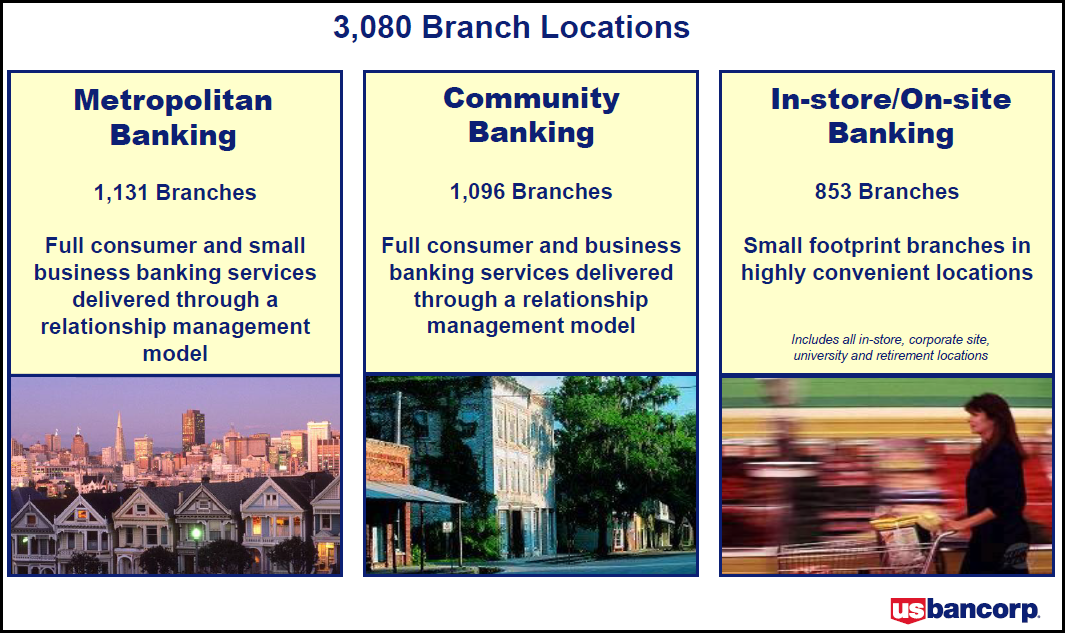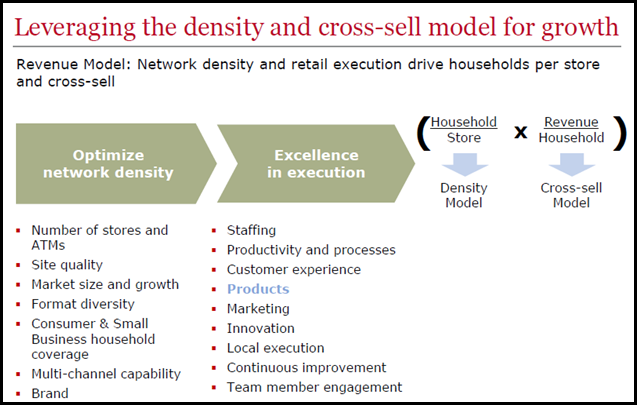Bank of America recently announced that it now has more than 10 million active mobile banking users. Other leading banks, such as Chase and Wells Fargo, are also reporting very strong growth in mobile banking usage. We expect the strong growth in mobile banking usage to continue, given the increased penetration of smartphones and tablets, the growing sophistication and power of these devices, as well as people’s increased comfort with using mobile channels for everyday financial management needs.
Much of the focus in mobile banking to date has been on the consumer market, but some of the leading U.S. banks are now directing their attention to the commercial banking market. In recent weeks:
- Financial technology vendor Jack Henry launched a commercial banking app for the Apple iPad.
- Citibank incorporated elements of its TradeAdvisor online banking tool (which enables companies to conduct cross-border trade transactions) into its CitiDirect BE Mobile banking suite.
- Wells Fargo integrated its TradeXchange service into the bank’s CEO Mobile app.
- Bank of America Merrill Lynch developed an iPad app for its Paymode-X online payment and invoicing system.
- JPMorgan Treasury Services introduced remote check deposit.
The examples above show that, not surprisingly, the largest banks have led the charge into new mobile commercial banking apps. Small regional and community banks now need to follow suit, in order to meet commercial clients’ needs and remain competitive.
The objectives behind the development and marketing of mobile banking functionality in the commercial space are very similar to that in the consumer banking environment:
- Lowering customer service costs
- Enhancing the customer experience
- Differentiating services from competitors, or reducing a competitive disadvantage
- Reducing churn through the provision of “sticky” services
- Providing additional customer touchpoints for cross-sell and upsell
Differentiation through commercial mobile banking (and in other service areas) can be fleeting, as other banks will aim to imitate certain value-added service and close the competitive gap. To maintain a competitive advance in the provision of mobile banking services, banks need to:
- Continually research customer desire for and usage of new mobile apps
- Effectively market these apps to new and existing customers
- Communicate the value of these apps to bank personnel who deal directly with commercial clients
- Integrate the emerging mobile banking channel with other customer sales and service channels to provide a seamless and consistent user experience.


